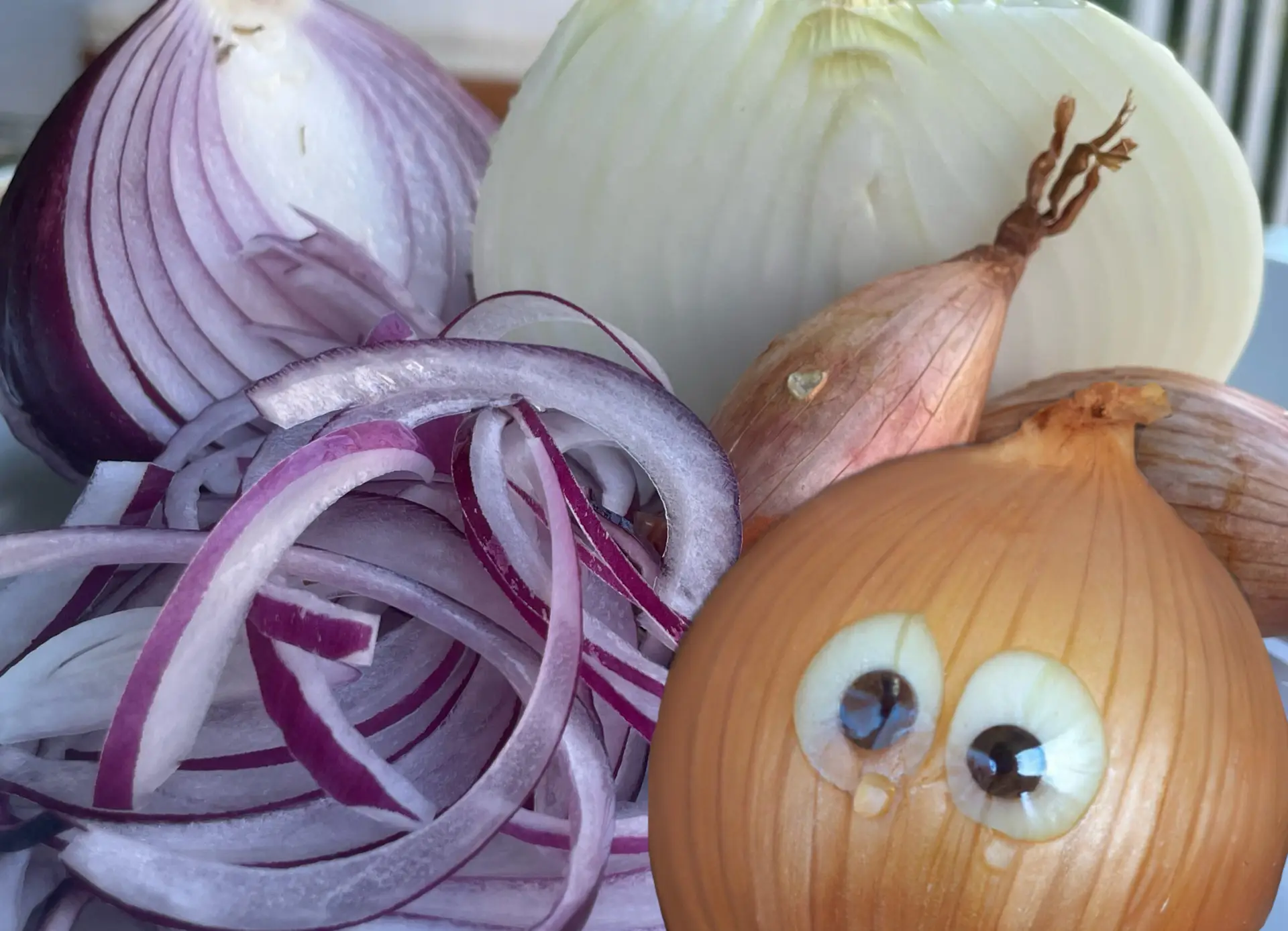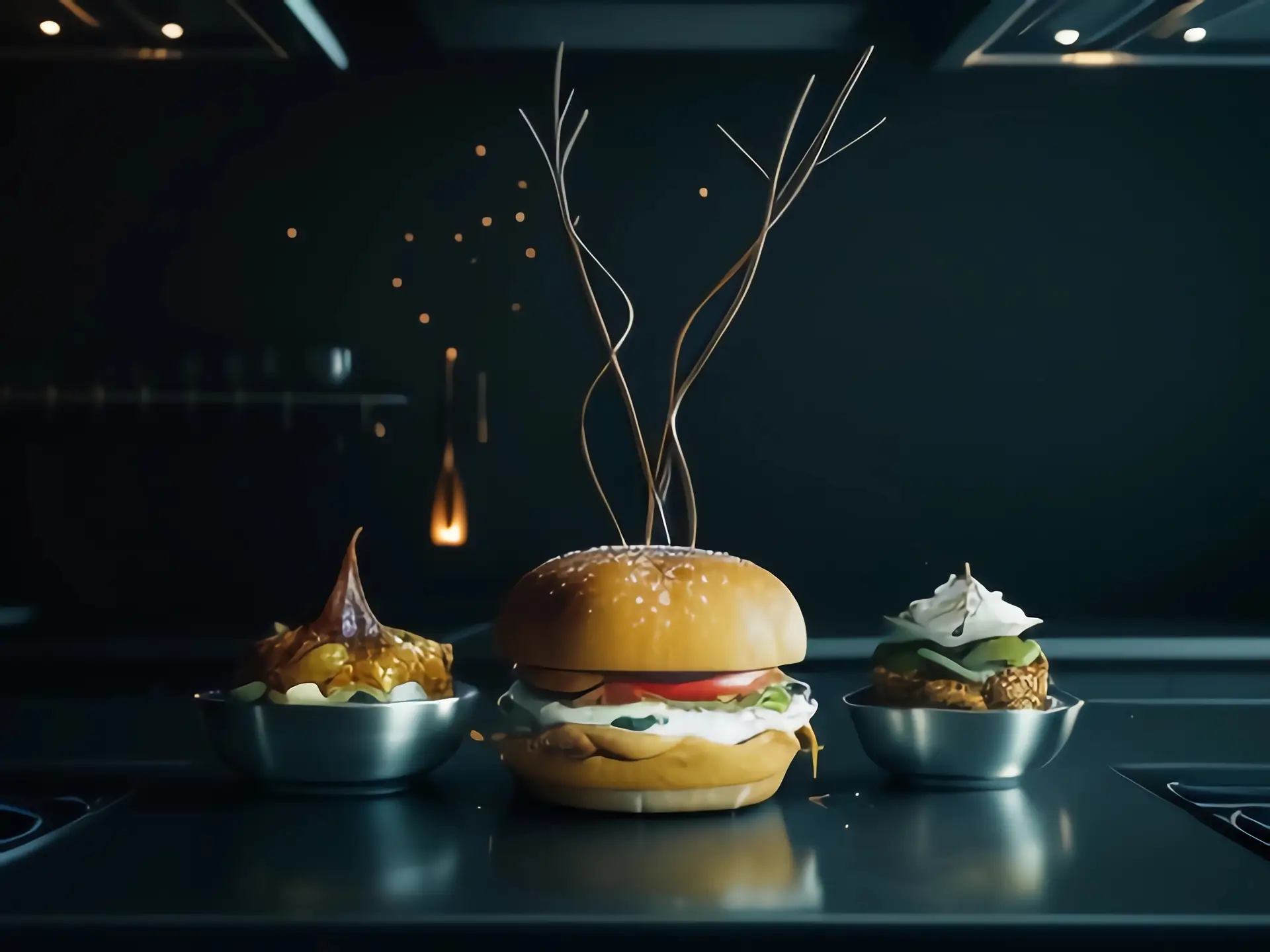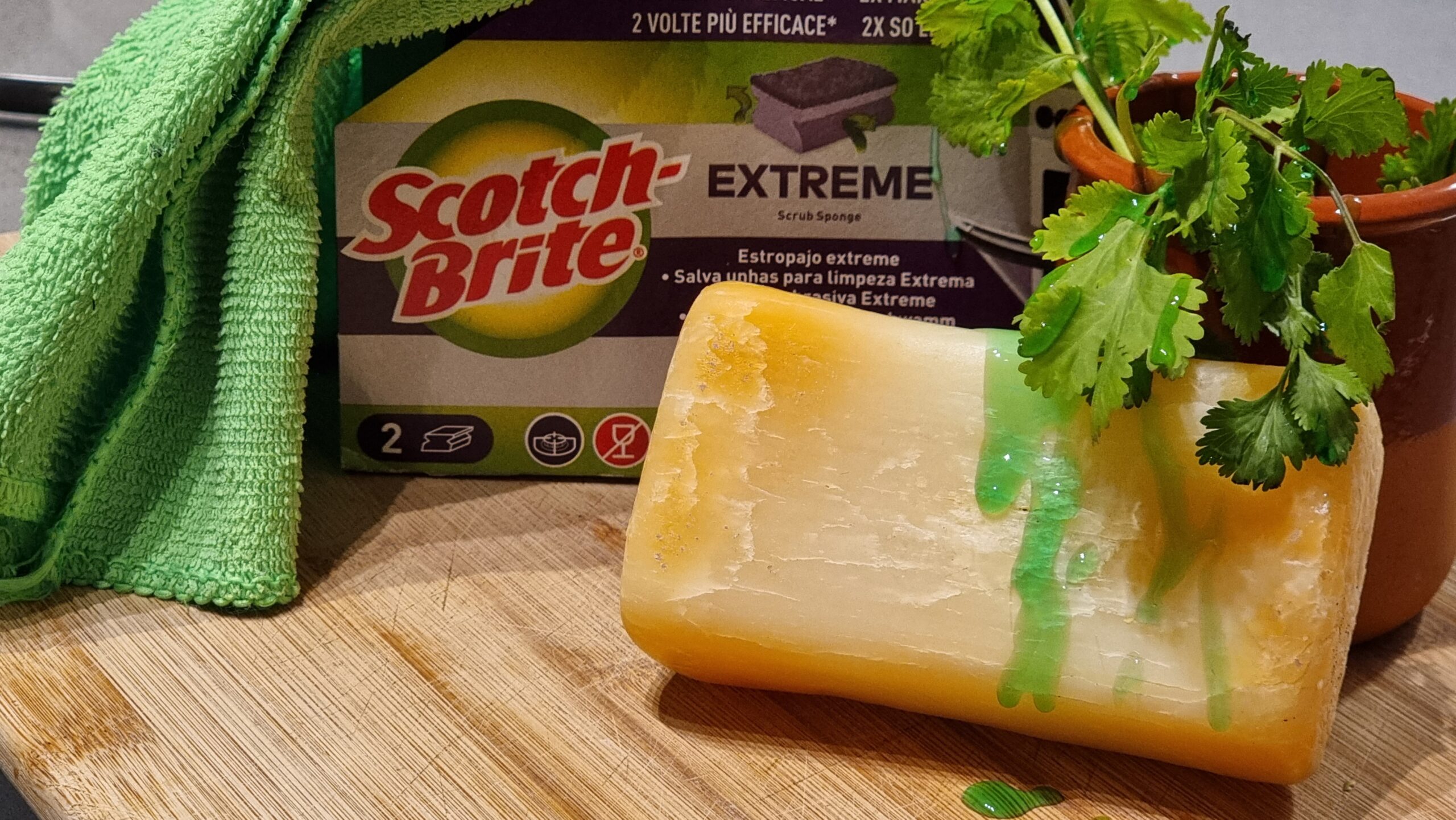What is spherification? How does it work? How long to “cook” the spheres?
The exclamation “Eureka!” is attributed to Archimedes, when he noticed after stepping into a bath that the level of water rose and that its volume must be equal to the volume of his body submerged in the water, reportedly he got so excited that he ran naked in the streets of Syracuse. According to me, the introduction of spherification in cookery is one of those EUREKA moments. Its origin is a very controversial topic, some say Sergi Estragues and Joachim Vives demonstrated it to Ferran Adria and some say Albert Adria did it first (choose whichever one helps you sleep at night!), so we’ll not go there. Rather let’s understand what is happening when we drop one liquid in another and we get those pretty pearls.
How is it done?
There are a ton of videos on the internet that will guide you to do it, basically, you make either a Calcium bath (for direct) or an Alginate bath (Indirect) and drop the flavorful liquid either mixed with alginate (for direct) or Calcium (for indirect). Then they are left in there for some time (is it just me or does this measurement of time make you go bonkers!) and then rinsed in water (a neutral liquid) and voila! you have yourself some specified food. For recipes and the method, I personally like the ones made by ChefsSteps, you can visit here for Direct Spherification and Indirect Spherification.
What are all these compounds and how do they react?
Calcium Part
Let’s get our terminologies straight, the “Calcium Bath” is made with distilled water and any of the following Calcium Salts – the most commonly used ones are Calcium Chloride, Calcium Gluconate, and Calcium Lactate, explore more if you feel like doing so.
We choose the salt on the basis of “Type of spherification”, “Availability”, and “the Flavor” when we’re supposed to add Calcium salt in the flavorful liquid (Reverse), we would generally not use Calcium Chloride and Calcium Sulfate, because of their bitter flavors, other are more mellow and more to the neutral side. And it doesn’t really matter which one you choose in direct spherification because it doesn’t affect the flavor of the liquid.
Algin Part

Sodium Alginate is the salt of Algin, which is found in brown varieties of seaweed, known as Laminarias. It’s a polysaccharide. Also, it is considered to be a hydrocolloid because it has the ability to thicken or gel liquids. But unlike other hydrocolloids like starch, gelatin, etc. it only gels in the presence of Calcium ions. It requires time to hydrate, so that all of its molecules are surrounded by water molecules, also keeps in mind, that we need to mix it while making either a bath (Reverse) or with flavorful liquid (Direct) at a low temperature and very vigorously because it can hydrate beforehand and form lumps which will result into inconsistent results.
Reaction b/w Calcium and Alginate
The algin ions are negatively charged and when we add them to a solution containing positively charged calcium ions a neutralization reaction takes place to form a crosslinked network and this results in the formation of the shell. Sodium alginate can react with calcium chloride to make calcium alginate, which is a gelatinous substance.
![]()
Tech Speak: Note that 2 moles of Alginate salt are reacting with 1 mol of Calcium chloride, so to get the “Ideal” Sphere try to calculate what must be the concentration of each of the compounds in both of the mixtures. They must be in the ratio of 2:1.
How long should we “cook” it?
Brownian Motion (Class 12th Chemistry flashback?) is the random movement of particles suspended in a medium. In 1904, in one of his papers, Albert Einstein wrote the following equation which calculated the length of movement of randomly moving particles with respect to time.
L = √4dt
Where,
d = diffusion coefficient
t = time
So, in a way, the calcium ions are invading and causing the algin to stick to each other randomly. Hence, this equation can be used to calculate how long we must keep the spheres in the bath to attain a thickness of the shell as L. Also, it is calculated that the diffusion coefficient of Calcium in water is 8 x 10⁻¹⁰ m²/s.
Q) How long should you wait for the mixture of alginate in the calcium bath for the thickness of the shell to be 1 mm?
We have,
D = 8 x 10⁻¹⁰ m²/s
L = 1 mm = 10⁻³ m
to find t,
L = √4dt → t = L²/4D
putting in the values we get,
t = 10⁻⁶/4 (8 x 10⁻¹⁰) = 300 s = 5 minutes.
So we must wait for 5 minutes for the length of the shell to be 1 mm.







